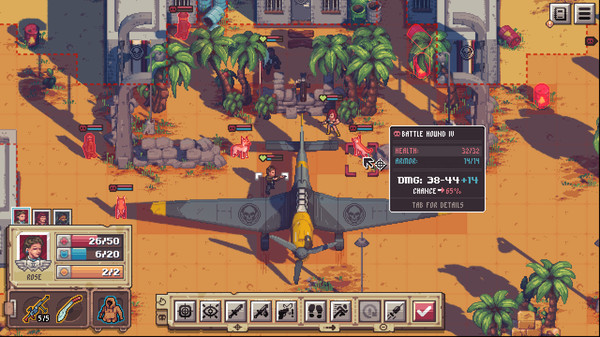libGDX is a cross-platform Java game development framework based on OpenGL (ES), designed for Windows, Linux, macOS, Android, web browsers, and iOS. It provides a robust and well-established environment for rapid prototyping and iterative development. Unlike other frameworks, libGDX does not impose a specific design or coding style, allowing you the freedom to create games according to your preferences.
libGDX is released under the Apache 2.0 License, offering unrestricted usage in both commercial and non-commercial projects. While not mandatory, we appreciate any credit given to libGDX when you release a game or app using it. Check out our showcase for a selection of popular libGDX-powered games. With libGDX, you gain access to a comprehensive set of tools and features to develop multi-platform 2D and 3D games using Java.
Moreover, libGDX boasts a vibrant third-party ecosystem, with numerous tools and libraries that streamline development tasks. Explore the awesome-libgdx repository for a curated list of libGDX-centered libraries, serving as an excellent starting point for newcomers in the libGDX community.
An example game created with libGDX: Pathway by Robotality. Discover more captivating games in our Showcase.
Thanks to Gradle, you can easily set up libGDX without the need to download the framework itself. Your favorite build tool can handle everything for you. Additionally, we offer a convenient setup tool that automates project creation and downloads all the necessary components. Check out our website for instructions on getting started or refer to our comprehensive wiki.
We provide the libGDX javadocs online for easy reference. Additionally, the javadocs are bundled with every libGDX distribution, ensuring smooth integration with your preferred IDE.
Stay up to date with the latest libGDX news by following our blog. For engaging discussions and support, join our official libGDX Discord.
Use the Issue Tracker here on GitHub to report any issues you encounter. Before submitting, please read our Getting Help guide, which walks you through the process of reporting an issue effectively.
libGDX benefits greatly from contributions made by our dedicated developer community. We appreciate any assistance in making libGDX even better. Check out the CONTRIBUTING.md file for details on how to contribute. Note that contributing involves working directly with libGDX's source code, a process that regular users do not typically undertake. Refer to the Working with the Source article for guidance.
You can also support our infrastructure (build server, web server, test devices) by contributing financially through our Patreon!





